Japan History, Samurai History
Kabukimono, The Dregs of Ancient Japan
Samurai of Ancient Japan
During the warring period of Japan, the Samurai was one of the most prominent class. Samurai was the cream of the crop, the military men and the ideal warrior that a master could wish for. Samurai was popular for their way of living which adheres honor and loyalty.
Who were the dreadful Kabukimono?
On the contrary, Kabukimono was the most popular dregs of society. This group of people appeared around the 16th century, at the end of the Muromachi period (AD 1573) and the beginning of the Edo period of Japan (AD 1603).
The members of Kabukimono were the young men at the bottom of the Samurai class. Many were younger sons who would not inherit their family business.
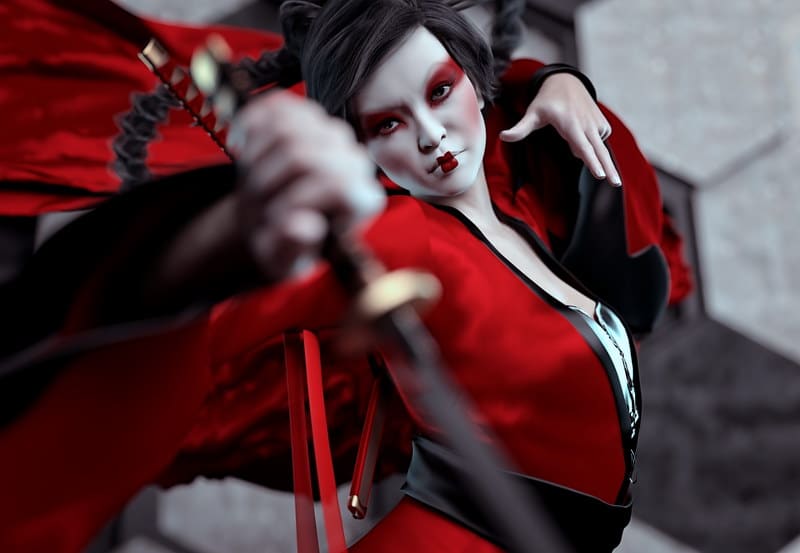
Some were manservants or Ronin who did not have any job. The term Kabukimono is more or less translated as “eccentric”. The characters of the word essentially mean ‘one who leans away from normal’ and is ‘unusual.’ Crudely translating, it could also mean “the crazy ones.”
The Kabukimono’s Clothes and Weapons
Kabukimono highly deviated from the norms of Japan’s society. They were the crazy ones who wore flamboyant clothing with contrasting colors. They also wore unusual accessories and lead weights in the hem of their short kimono.
Some of them even wore women’s clothes. They would have their hair done in different styles. Their hair could be long or short but not top knot which was the uniform back in those days.
They would also have their Katana unusually and unnecessarily long and fashioned. They would have fancy hilts on their swords and red scabbards that were usually longer than the normal length.
Scholars believed that some of them even used an extremely long smoking pipe or Kiseru as a weapon.
Maeda Toshiie, one of the generals of Oda fashioned himself after the style of Kabukimono.
What was Their Role in the Society During Ancient times?
The Kabukimono, different from the Samurai, was a rowdy bunch of gangsters with no honor to speak of. They were popular for their violent and shameful acts. These dregs bullied townspeople, robbed and did not pay the restaurants after eating.
They would also kill innocent people, cutting them down to test a new sword. They were disruptive of the peace, often singing loudly, dancing, and street fighting.
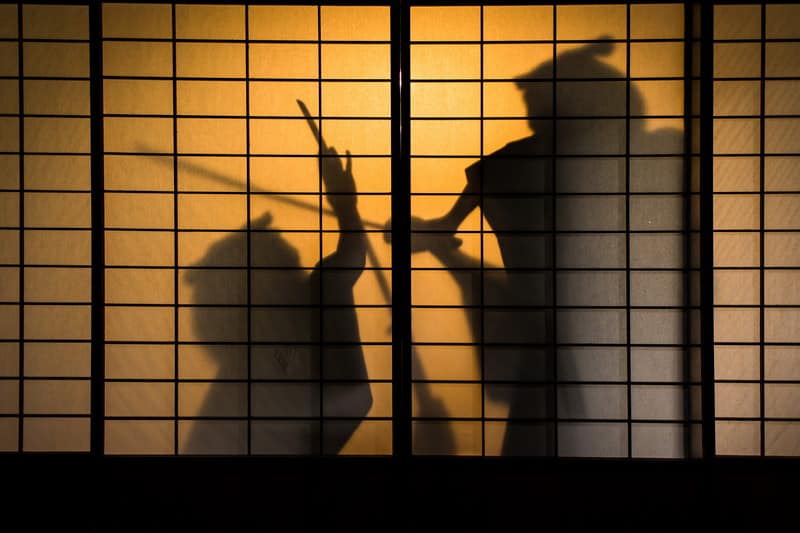
The dregs were most popular for defying the order of their masters and by not showing loyalty to them. However, they respect and give loyalty to one another.
This was, again, one of their difference from the Samurai who would rather die than forsake their loyalty to their masters.
In 1615, when Shogunate found out about the acts, they started to apply strict rules and style of clothes. This was an effort to capture the group of Kabukimono who would dress defiantly different from the normal population.
The Craftsmen Responsible for the Japanese Sword
Ronin – The Vagabonds during the Time of Loyalty and Honor
Battle of Nagashino: The Fall of Takeda
Although the new law captured a lot of Kabukimono, there were still many of them.
In 1612, the military men executed 63 members of Kabukimono in Kanazawa and Takaoka. However, many of the Daimyo still encouraged their retainers to dress daringly on the streets. Due to continuously violent acts, additional decree followed in 1617.
In 1632, another law followed forbidding the high-ranked Samurai to wear fancy dresses. All of these were present in order to put an end to the rage of these hoodlums.
What was the Reason Why the Government Purposely Executed Them?
Otori Ichibei was one of the leaders of Kabukimono. In 1612, the police arrested him for conspiring with a group of hoodlums that were responsible for street violence. The police arrested Otori for creating a riot that killed a retainer and killed a lot of people. Although they showed loyalty to each other, they still went to jail.
Otori strongly disagrees on becoming either a Samurai or a commoner so he was a threat to social norms. Surprisingly, some said that he was a man of honor. Otori insisted that he was the same as the other Daimyo, that he follows Bushido – which was unusual for a Kabukimono. His long sword has written words which says “twenty-five is too long to live!”
In 1686, the last known purge against the Kabukimono happened. It was a massive arrest that killed about two hundred members and eleven of leaders of the “Greater and Lesser Gods” Gang. By the end of the 17th century, the Kabukimono faded out.
Does the Violent Gang (Kabukimono) Still Exist Today?
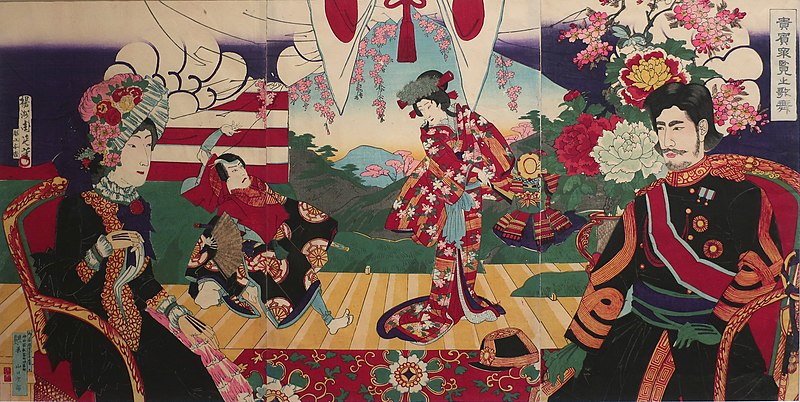
While the Kabukimono faded out from the society of Japan, the influence of its existence was still brought up to the modern days. The theatrical Kabuki is one of the product from this particular rowdy group.
Izumo no Okuni, who was often credited for the creation of the original Kabuki form, was believed to have borrowed the style of Kabukimono. She gathered the female outcasts and taught them how to sing and dance while wearing gaudy and colorful outfits.
Moreover, because her troupe consisted of all-female performers, some must have to wear men’s outfit, carry swords and daggers, and act like a man. This particular method was strikingly similar to some of the Kabukimono who wore women’s clothes.
Some said that Okuni herself disguises as a man whenever there’s a shortage of men. In modern time, Kabuki has now evolved as one of the most popular classical Japanese dance-drama.
Today, the Kabuki is now popular as a theatre that has performers who wear so much makeups. The UNESCO proclaimed it as “an intangible heritage possessing outstanding universal value.”
Are the Origins of Yakuza and Kabukimono the Same?
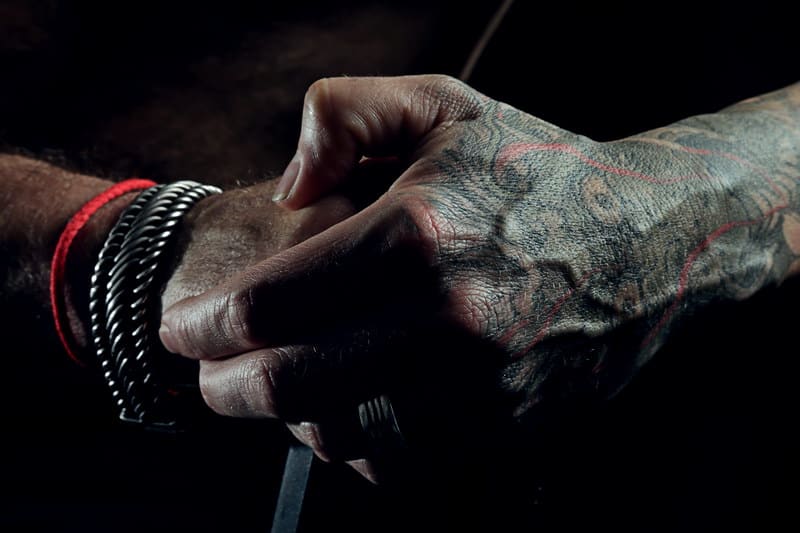
Another possible product of the Kabukimono is today’s Yakuza.
The Kabukimono harassed people and terrorized everyone. They robbed and killed, but were fiercely protective of their own people. They were popular since they have a different way of clothing and hairstyles.
Surprisingly, the scholars believed that Yakuza came from a different group called Machi Yakko – some sort of private police. The Machi Yakko was the people who took their stand against the Kabukimono and defended their cities. The farmers, vendors, and commoners who gathered to fight their abusers was the member of this group.
The Machi Yakko eventually became the heroes for standing up against the Kabukimono. However, most likely similar to the modern Yakuza, the Machi Yakko was skillful, especially in gambling.
Scholars believed that most of the members of the Yakuza have the same backgrounds. They were poor, criminals, and outcasts. The Yakuza would then become their family who accepts them. Similar to the Machi Yakko and the Kabukimono, the Yakuza appears to be loyal and fiercely protective of their own.

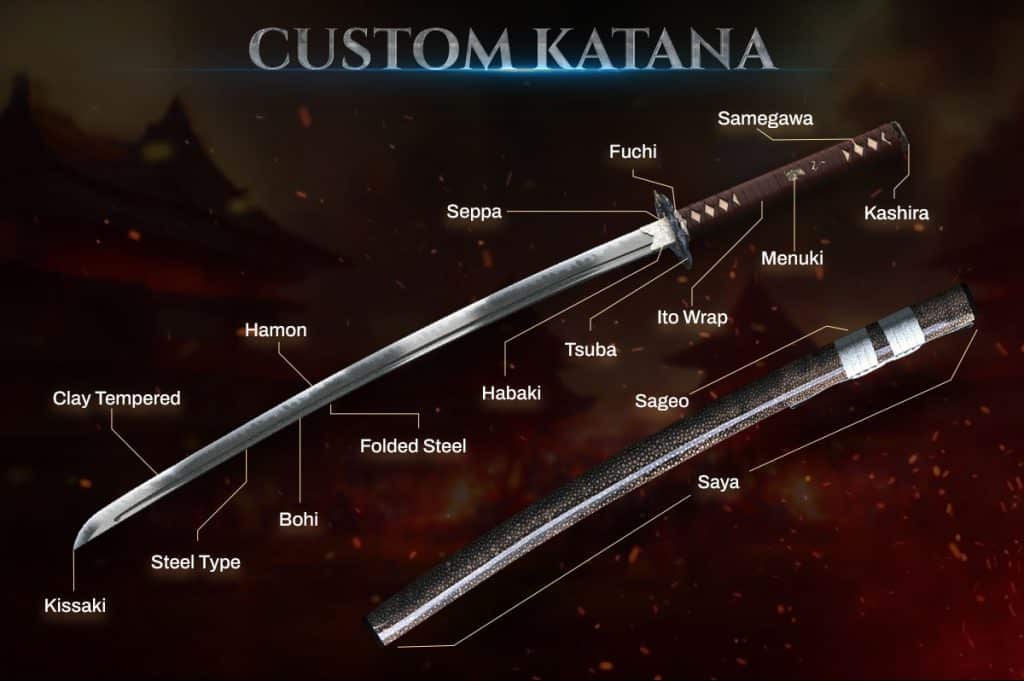
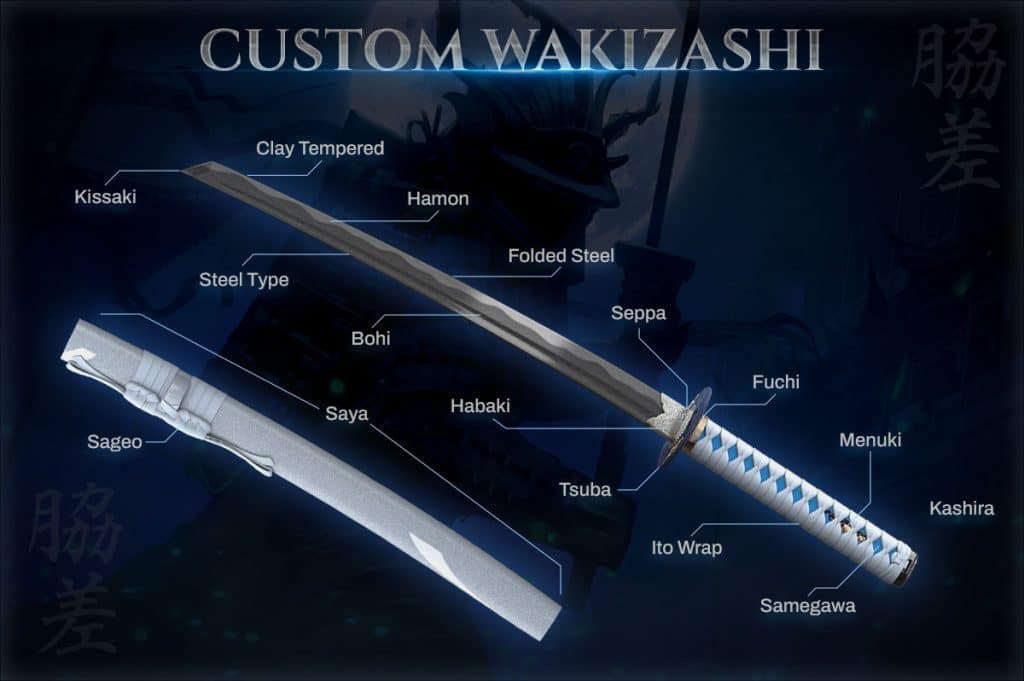
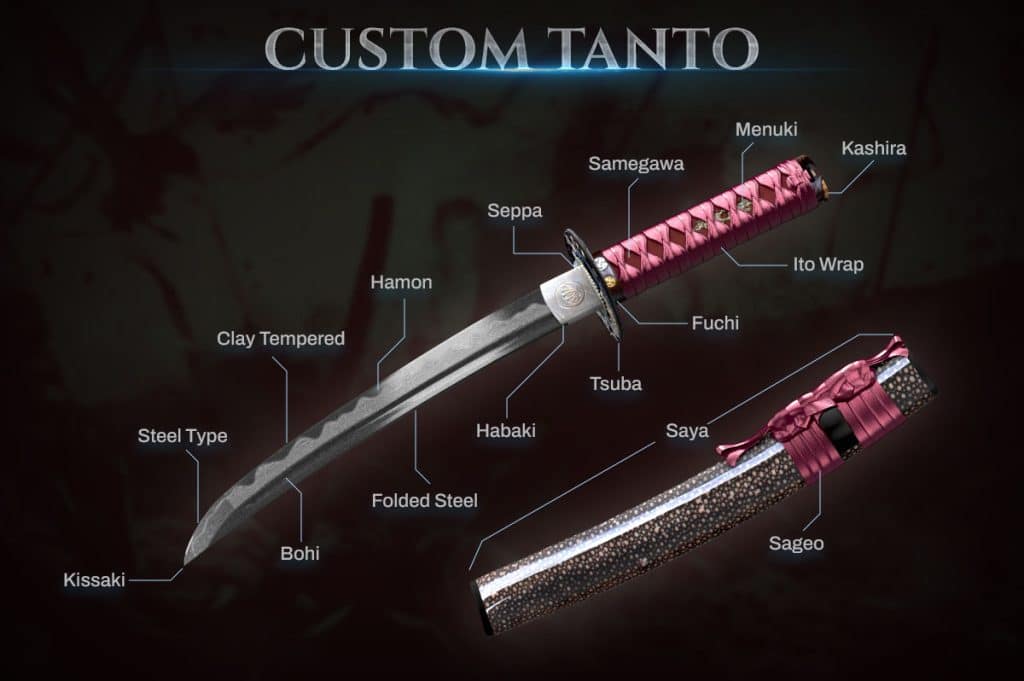
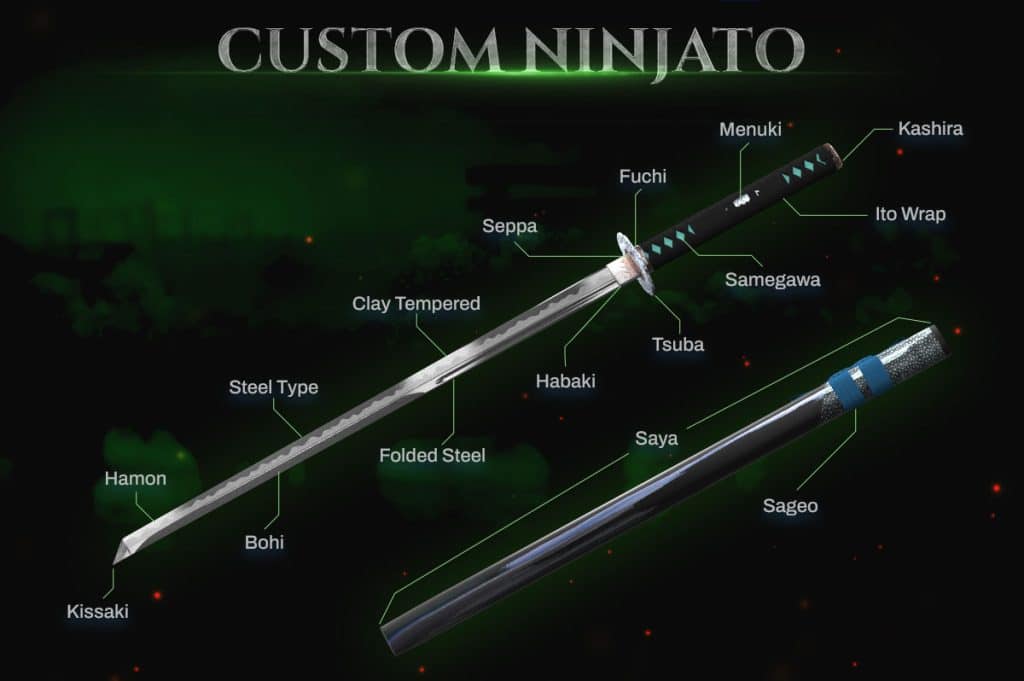
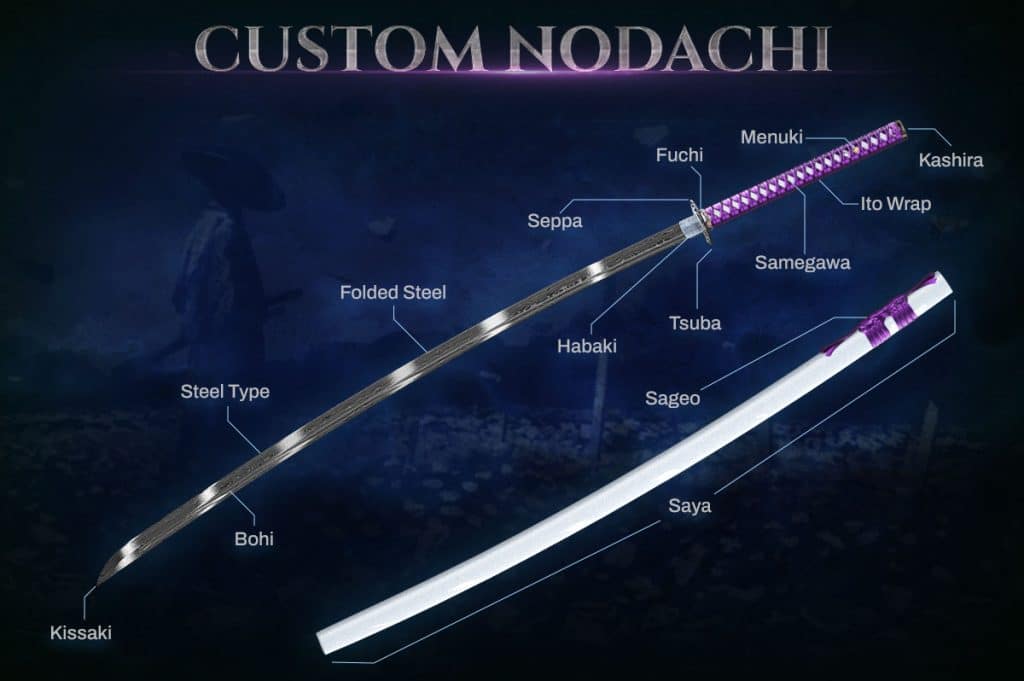
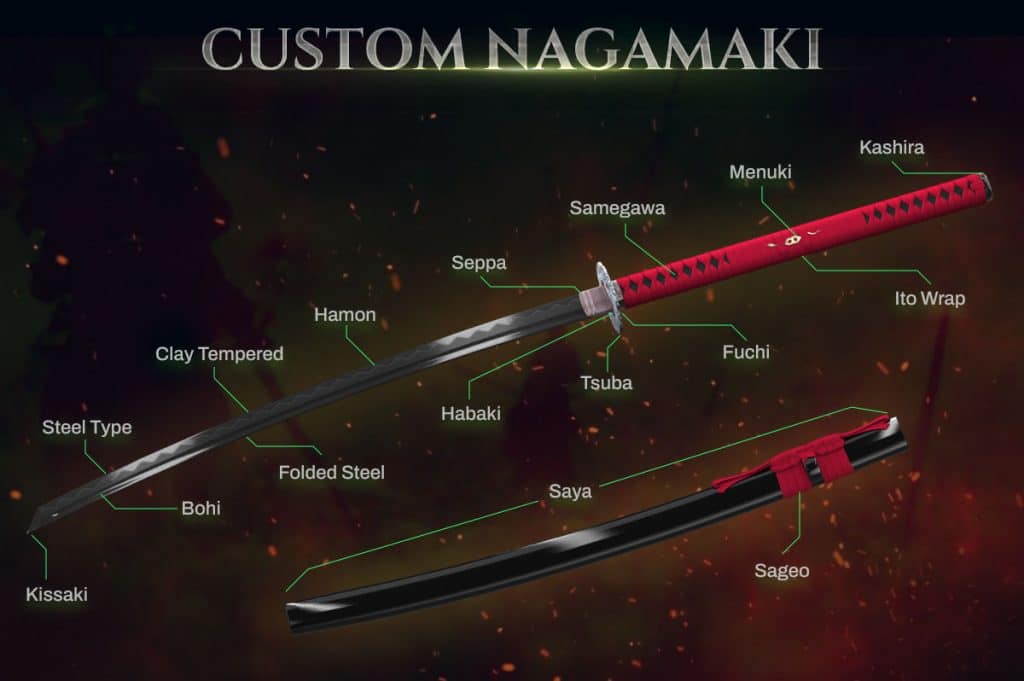
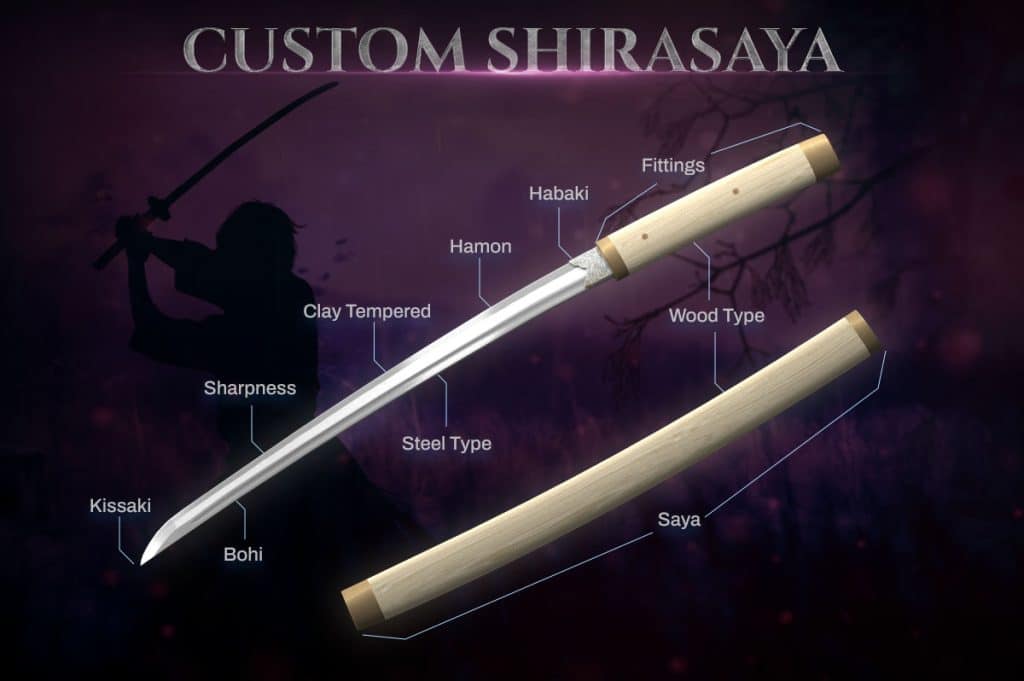
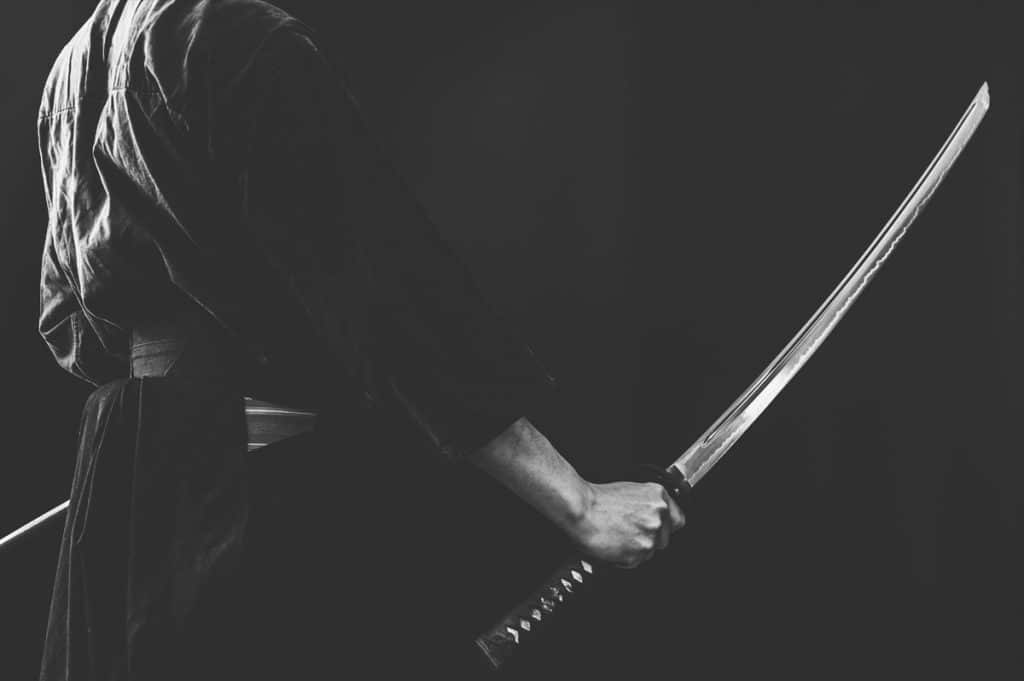
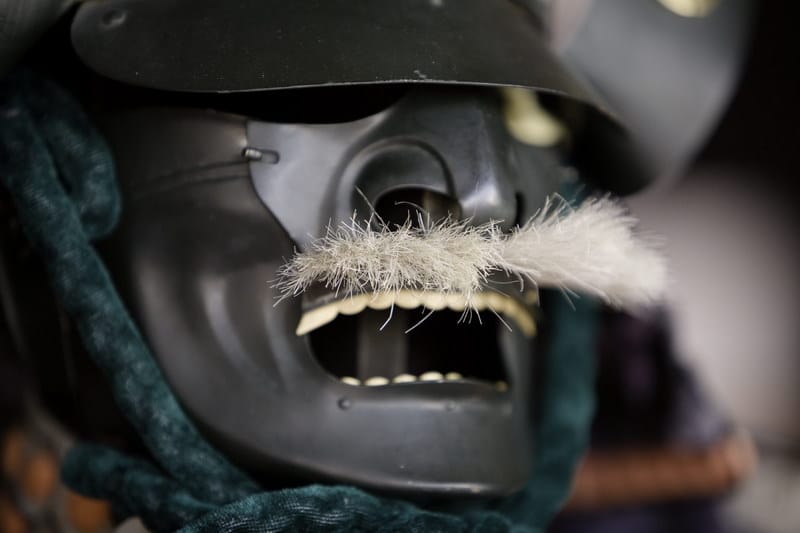
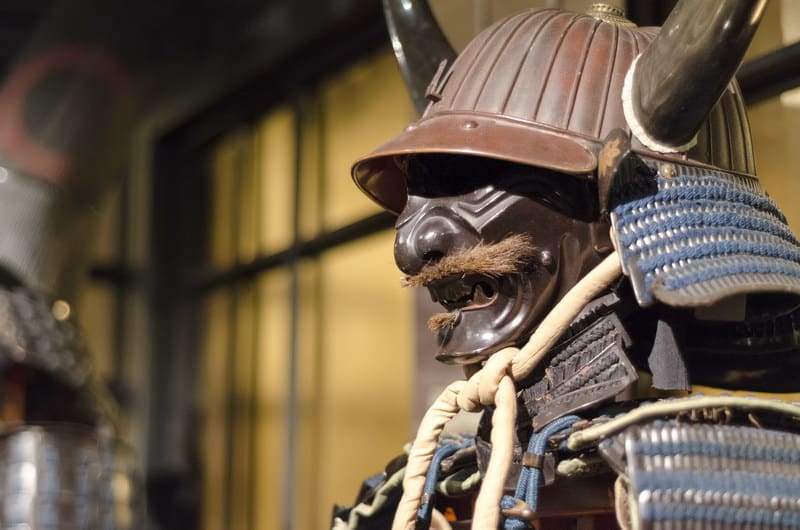
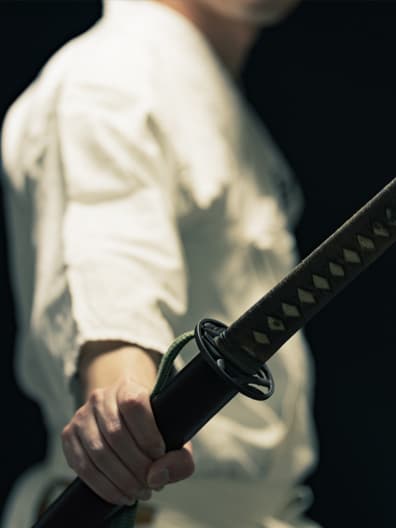
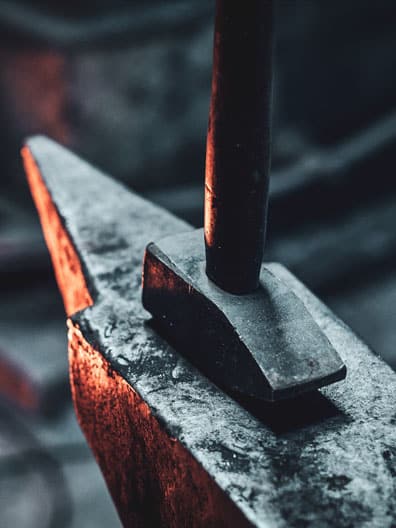
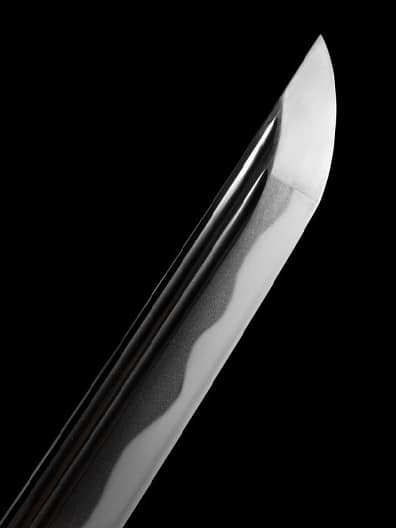
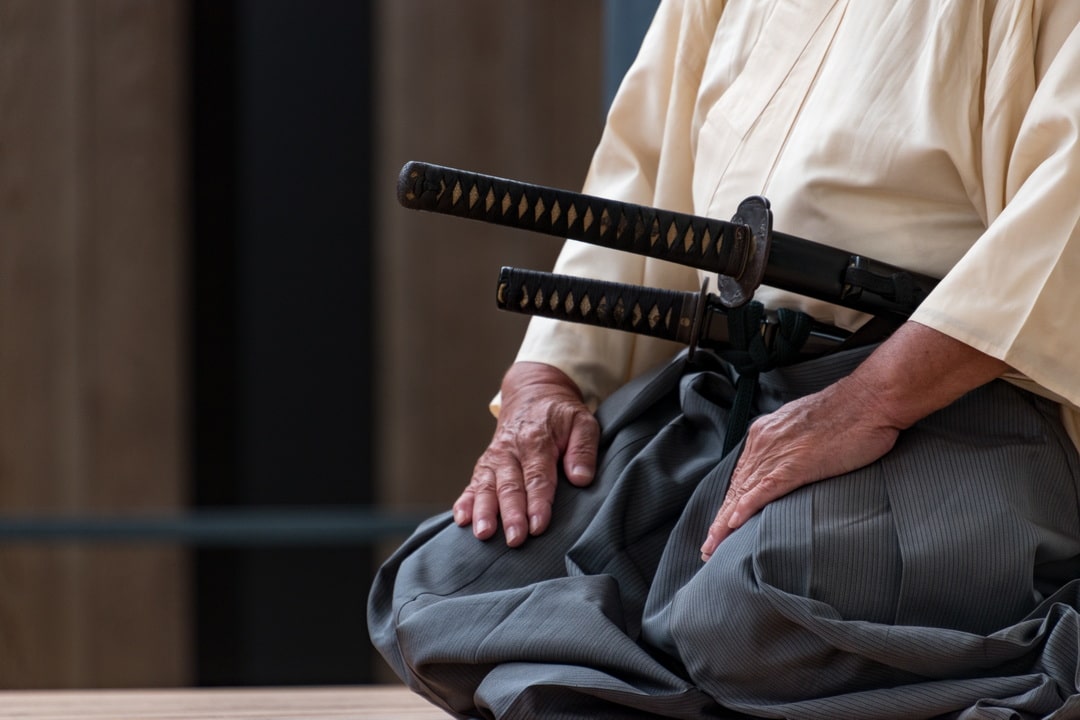
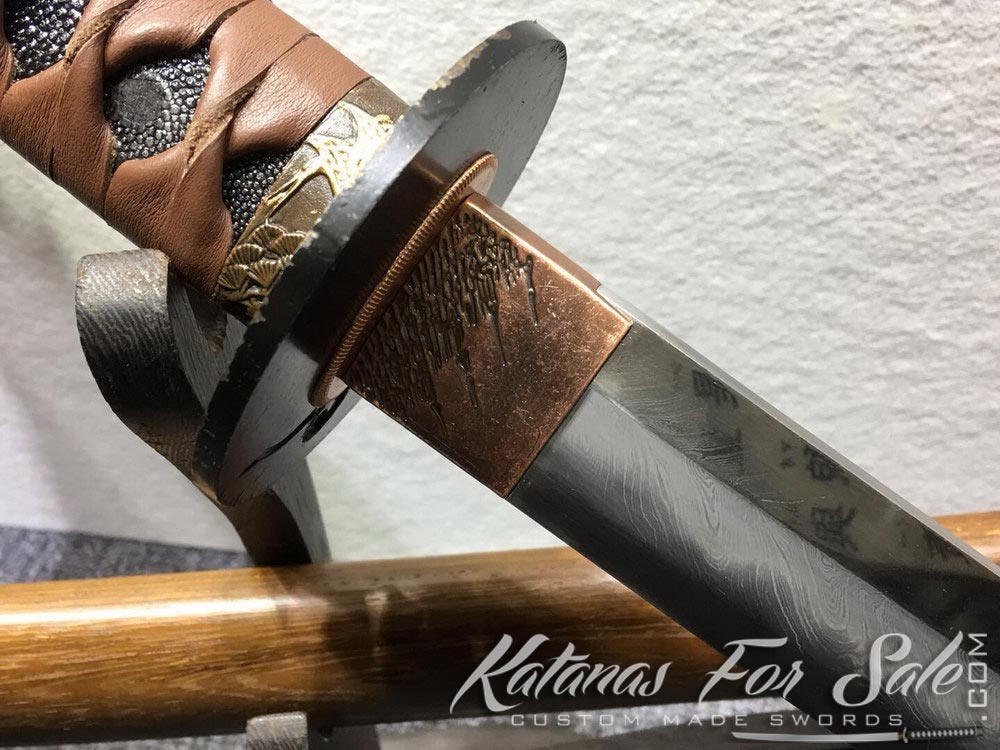
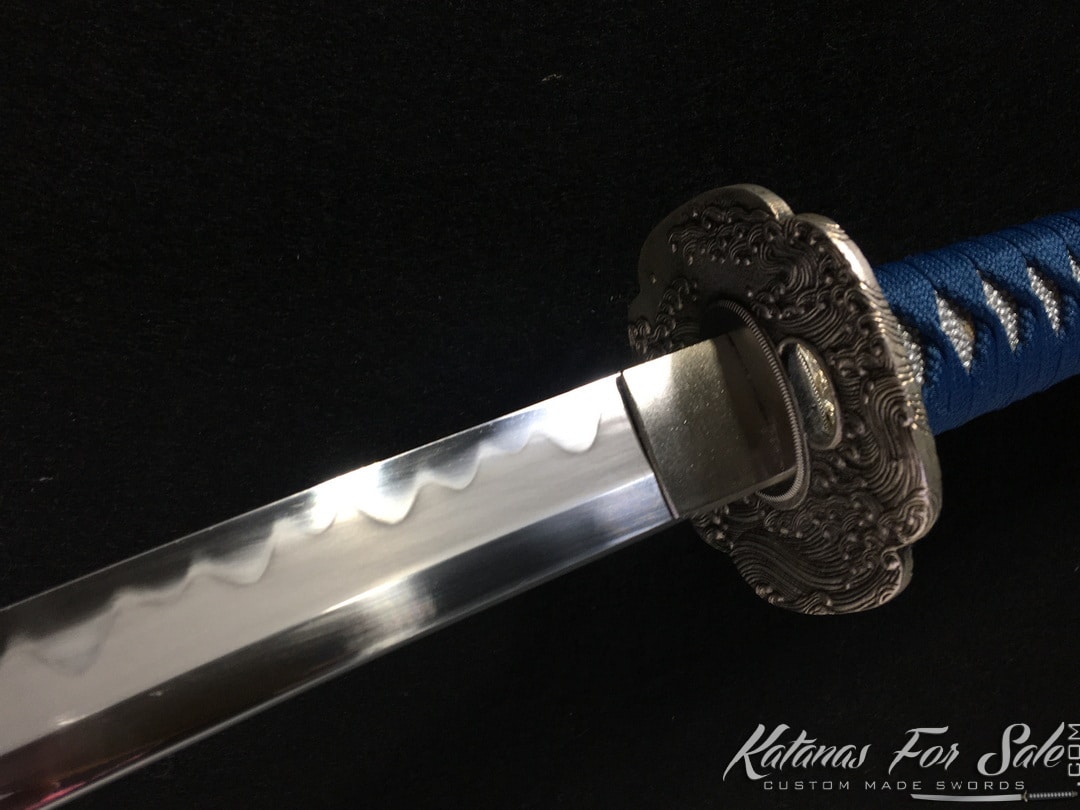
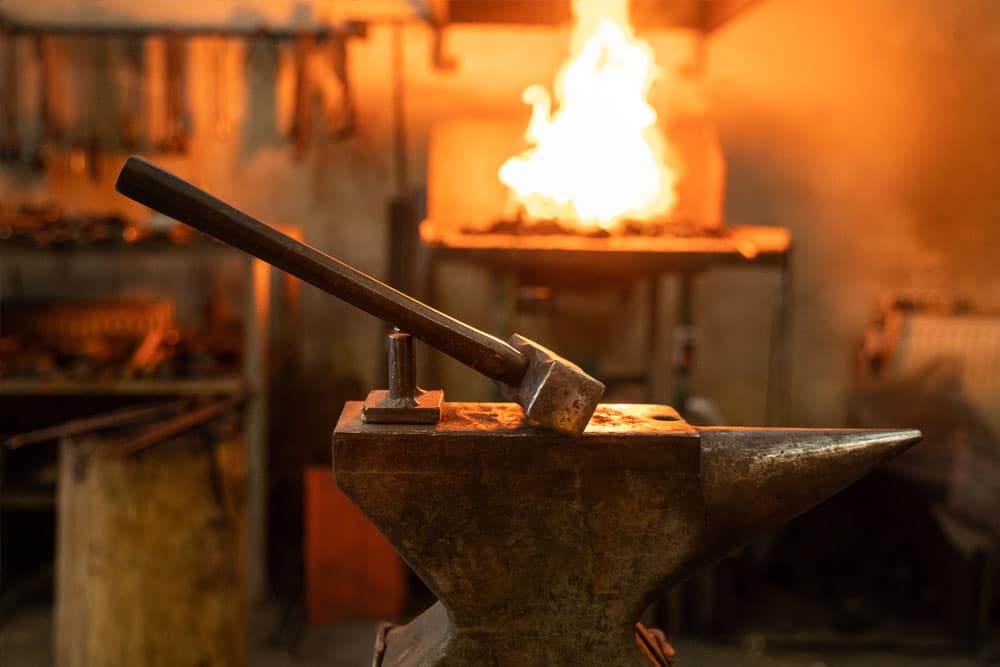

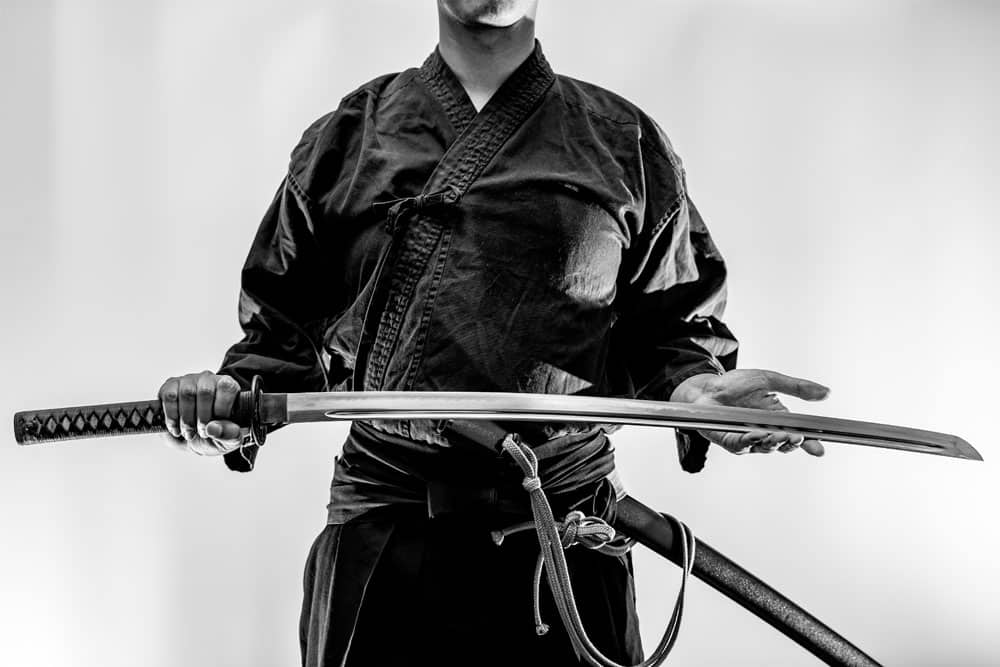

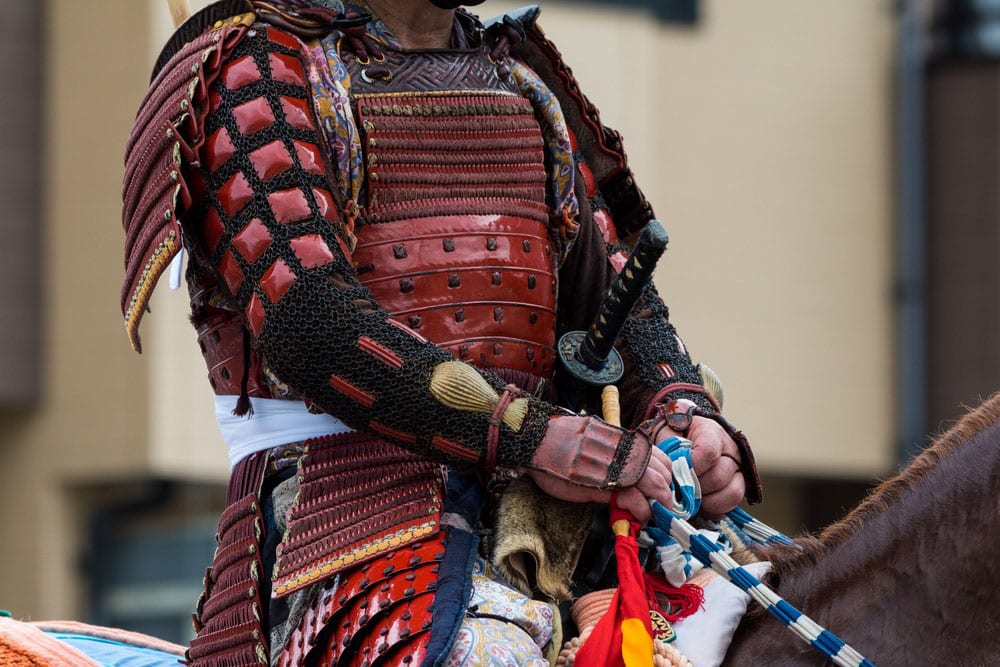
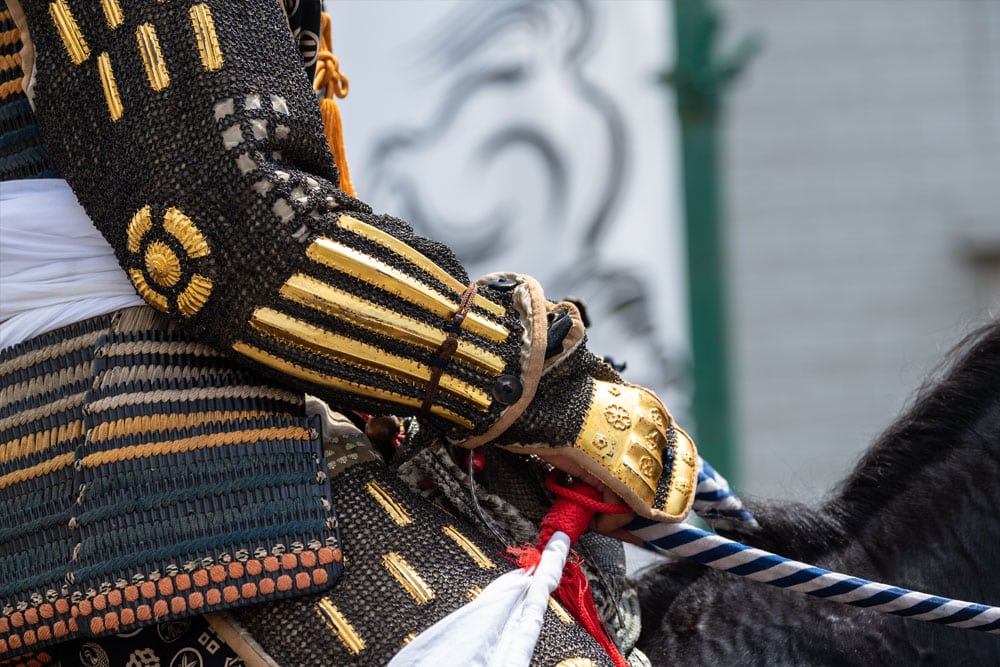
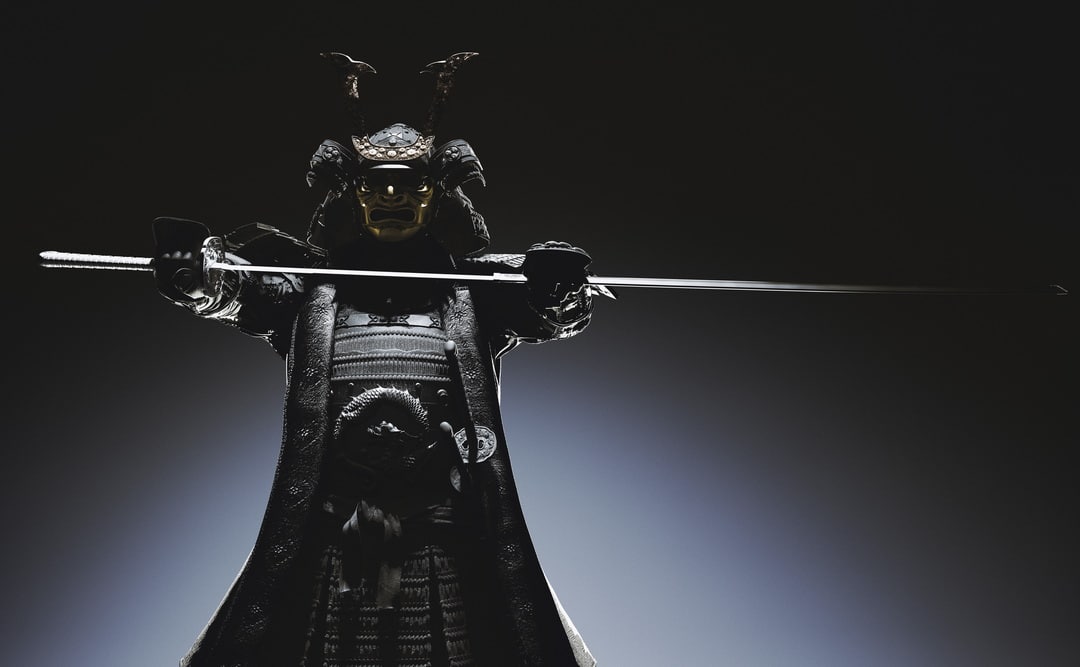
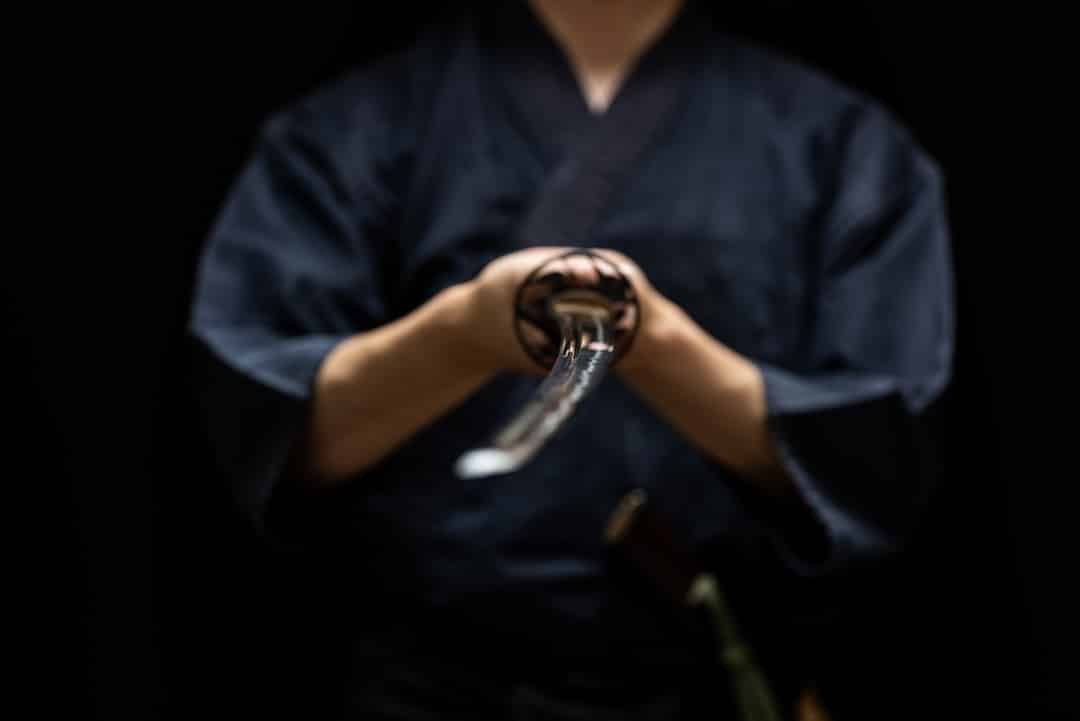
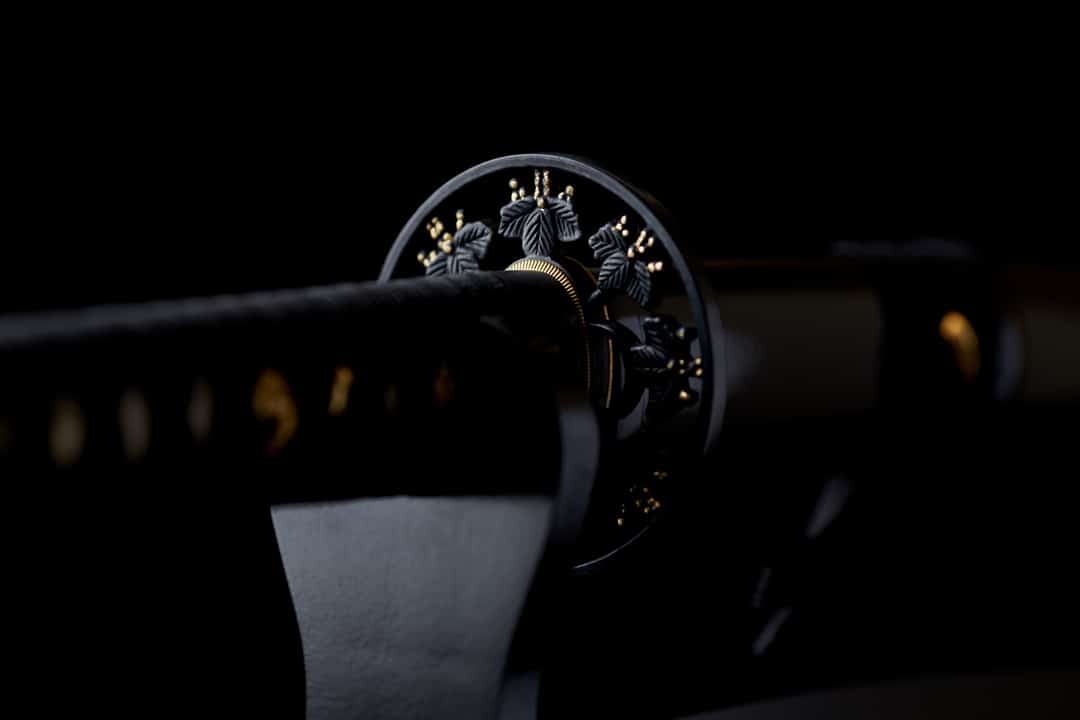
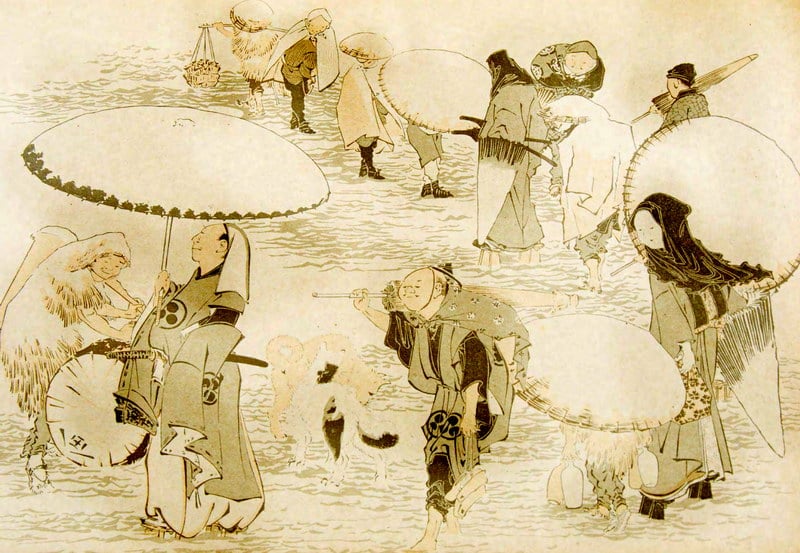


Test Your Knowledge
Feudal Japan's Warriors and Roles Unraveled
Samurai Sword Mastery: The Ultimate Challenge
Samurai Wisdom: Embark on a Journey Through the Ages